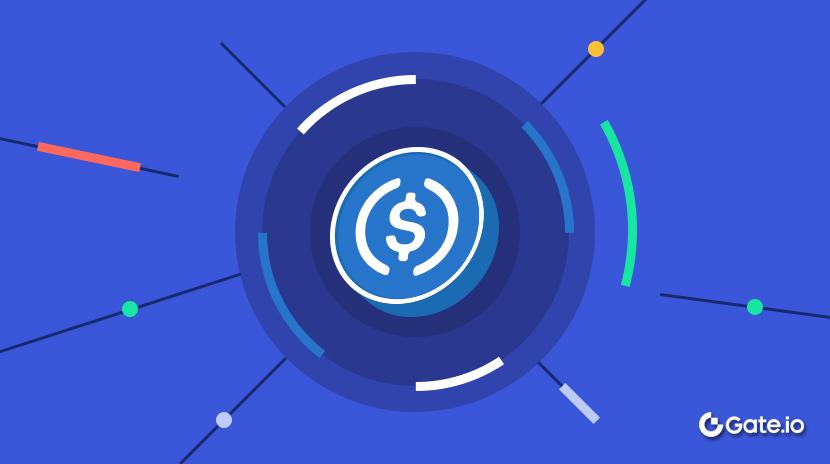Apa Kerangka DVN Ekonomi Kripto?

Sumber: LayerZero
Pengenalan
Komunikasi lintas rantai merujuk pada kemampuan jaringan blockchain independen untuk bertukar data dan aset satu sama lain secara aman, dapat diverifikasi, dan efisien. Kemampuan ini memungkinkan aplikasi terdesentralisasi (dApps) dan kontrak pintar di satu blockchain untuk berinteraksi dengan yang lain. Solusi bridging tradisional sering bergantung pada perantara terpusat atau semi-terpusat. Perantara-perantara ini memperkenalkan titik-titik kegagalan tunggal, yang secara historis telah mengekspos pengguna dan protokol kepada risiko, seperti yang ditunjukkan oleh banyak eksploitasi yang terdokumentasi.
LayerZero adalah protokol pesan omnichain yang memfasilitasi komunikasi lintas rantai yang aman. Salah satu fitur inti dari LayerZero adalah Jaringan Verifier Terdesentralisasi (DVNs) yang mendistribusikan tanggung jawab verifikasi pesan di sejumlah node independen, mengurangi ketergantungan pada pihak tunggal manapun.
Dalam upaya untuk memperkuat arsitektur ini lebih lanjut, LayerZero bekerja sama dengan EigenLayer untuk mengembangkan Kerangka Kerja KriptoEkonomi DVN. Kerangka kerja ini memungkinkan DVN untuk mendapatkan keamanan dari staker di EigenLayer, menggabungkan mekanisme verifikasi terdesentralisasi dengan insentif kriptoekonomi.
Apa itu Jaringan Verifier Terdesentralisasi DVN?
Jaringan Verifier Terdesentralisasi (DVN) adalah sistem yang dirancang untuk memverifikasi dan memberi kesaksian atas kebenaran data, peristiwa, atau perhitungan secara terdesentralisasi. Mereka terdiri dari beberapa entitas independen, yang dikenal sebagai verifier, yang secara kolektif menilai validitas informasi off-chain atau cross-chain sebelum diterima on-chain.
Di LayerZero v2, DVN menggantikan model keamanan "Oracle + Relayer" tetap yang digunakan di v1. Pergeseran ini memperkenalkan modularitas dan keamanan yang ditentukan pengguna, memungkinkan pengembang untuk memilih DVN berdasarkan asumsi kepercayaan spesifik mereka, persyaratan kinerja, dan kendala biaya.

Sumber: LayerZero
Jaringan Verifier Terdesentralisasi (DVN) bertanggung jawab untuk memverifikasi pesan yang dikirim melintasi rantai oleh aplikasi menggunakan jaringan. Setiap aplikasi yang dibangun di LayerZero dapat mengkonfigurasi Tumpukan Keamanan yang terdiri dari beberapa DVN yang diperlukan dan opsional untuk memeriksa payloadHash yang dihasilkan untuk integritas pesan. Dalam arsitektur LayerZero, payload hash adalah hash kriptografis dari payload pesan, bertindak sebagai cetakan digital unik untuk pesan tersebut. Ketika pesan dikirim melintasi rantai menggunakan LayerZero, hash ini memastikan bahwa konten pesan tetap tidak diubah selama transit. Jaringan Verifier Terdesentralisasi (DVN) memverifikasi hash ini untuk mengonfirmasi integritas pesan sebelum diterima di rantai tujuan.
Sebagai protokol tanpa izin, LayerZero memungkinkan entitas manapun untuk membangun suatu DVN atau mengembangkan Adapter DVN, asalkan skema verifikasinya dapat mengkonfirmasi integritas payloadHash pesan. Keterbukaan ini mengarah pada beragamnya DVN, termasuk yang menggunakan teknologi zk, rantai tengah, penandatangan konsorsium, dan jembatan pihak ketiga. Pada Oktober 2024, terdapat 35 DVN aktif dalam ekosistem LayerZero, termasuk peserta terkemuka seperti Google Cloud dan Polyhedra.

Layanan DVN di LayerZero
Sumber: LayerZero
Proses verifikasi beroperasi sebagai berikut:
- Sebuah pesan diinisiasi pada rantai sumber dan dilewati melalui titik akhir LayerZero.
- Salah satu atau lebih DVN memantau rantai sumber dan secara independen memverifikasi validitas pesan.
- Setelah kuorum DVN yang dikonfigurasi setuju tentang validitas pesan, sebuah pernyataan kriptografis dihasilkan.
- Attestasi ini dikirimkan ke rantai tujuan, di mana itu memberi otorisasi untuk pengiriman pesan ke kontrak target.
Bagaimana DVNs Digunakan dalam Praktik?
DVNs diterapkan sebagai bagian dari tumpukan keamanan aplikasi. Tumpukan Keamanan mendefinisikan konfigurasi spesifik dari DVNs, Executors, dan opsi keamanan tambahan, seperti rantai yang diaktifkan dan jumlah konfirmasi blok yang harus ditunggu DVNs untuk memverifikasi pesan.
Untuk DVN, Tumpukan Keamanan mengikuti konfigurasi “X dari Y dari N”, di mana aplikasi menentukan berapa banyak DVN yang harus memverifikasi pesan sebelum dianggap valid. Sebagai contoh, konfigurasi “1 dari 9 dari 15” berarti:
- 9 DVNs dipilih dari kolam 15 harus menandatangani pesan.
- 1 DVN tertentu harus disertakan.
Idealnya, tumpukan Keamanan yang kuat menggabungkan DVN yang meminimalkan risiko kolusi atau peretasan. Salah satu contohnya adalah pengaturan yang melibatkan baik Google Cloud maupun Axelar DVN Adapter, yang mencakup verifikasi dari entitas terpusat dan terdesentralisasi, meminimalkan risiko kolusi.
Penggunaan kasus juga merupakan faktor yang perlu dipertimbangkan;
- Untuk transfer NFT dengan biaya rendah, sebuah aplikasi mungkin menggunakan 1/1/1 Security Stack.
- Untuk tata kelola DAO, konfigurasi 5/20/25 yang lebih tangguh mungkin lebih sesuai.
Apa Kerangka Ekonomi Kripto DVN?
Kerangka Kerja Jaringan Verifier Terdesentralisasi (DVN) Ekonomi Kripto adalah sistem inovatif yang dikembangkan bersama oleh Eigen Labs dan LayerZero Labs untuk meningkatkan keamanan dan keandalan komunikasi lintas-rantai. Kerangka kerja ini menggabungkan mekanisme verifikasi terdesentralisasi dengan insentif kriptoekonomi, memastikan bahwa verifier memiliki kompetensi teknis dan motivasi finansial untuk bertindak jujur.
EigenLayer berfungsi sebagai infrastruktur staking untuk kerangka kerja ini, memungkinkan peserta untuk menggunakan kembali aset yang dipertaruhkan mereka (misalnya, ETH dipertaruhkan di Ethereum) untuk mengamankan layanan tambahan di luar lapisan dasar Ethereum. Dalam sistem ini, restakers memilih untuk mengamankan DVN LayerZero dengan menjanjikan taruhan mereka sebagai jaminan.
Peserta yang benar-benar memverifikasi pesan lintas rantai dengan benar dan menjaga integritas protokol akan mendapatkan imbalan atas kontribusi mereka. Namun, jika mereka bertindak tidak jujur atau gagal memvalidasi pesan dengan benar, aset yang di-stake ulang mereka dapat dipotong.
Bagaimana Kerangka DVN CryptoEconomic Bekerja
Kerangka DVN CryptoEconomic di LayerZero beroperasi dengan menggabungkan staking, verifikasi kriptografis, dan hukuman ekonomi untuk memastikan validitas data yang ditransmisikan antar blockchain. Berikut adalah bagaimana kerangka kerja tersebut berfungsi dalam praktiknya:
Stake

Kerangka dimulai dengan validator yang mengulang aset di EigenLayer, sebuah protokol yang memungkinkan peserta untuk menggunakan kembali ETH yang dipertaruhkan mereka untuk mengamankan layanan tambahan yang dikenal sebagai Layanan yang Diuji Secara Aktif (AVSs). Jaringan Pemeriksa Terdesentralisasi (DVN) adalah AVS khusus yang difokuskan pada memverifikasi pesan lintas rantai. Validator memilih untuk berpartisipasi dalam DVN, dengan demikian bertanggung jawab atas integritas validasi pesan lintas rantai. Validator ini terikat secara ekonomi; jika mereka berperilaku buruk, aset yang mereka pertaruhkan dapat dipotong, dan perilaku jujur didorong melalui biaya layanan atau imbalan token.
Verifikasi
Ketika pengguna atau aplikasi mengirim pesan (misalnya, transfer, panggilan, dll.) yang berasal dari rantai sumber dan perlu melakukan perjalanan melalui rantai lain, pesan tersebut mencakup paket (muatan data terstruktur) yang menghasilkan hash dari paket tersebut di rantai sumber, yang nantinya akan digunakan untuk mengonfirmasi keaslian. DVN memantau dan memverifikasi kebenaran hash paket dan transmisi, memastikan bahwa hash paket yang diterima di rantai tujuan sesuai dengan yang awalnya dikirim. Setelah diverifikasi, mereka menandatangani secara kriptografis suatu pernyataan dan meneruskannya ke rantai tujuan, mengonfirmasi keabsahan pesan.

Pengecekan akhir dilakukan kembali di Ethereum. Di sini, pengirim asli (atau protokol) memeriksa: Apakah hash paket yang diverifikasi dan ditandatangani oleh DVN sama dengan yang tercatat di rantai? Jika cocok, pesan dianggap valid dan dilanjutkan sesuai yang dimaksud. Jika tidak, itu mungkin menandakan penipuan, pemalsuan, atau anomali eksternal (misalnya, reorganisasi rantai).
Veto dan Slash
Selama verifikasi, jika sistem mendeteksi bahwa hash paket yang ditandatangani oleh DVN tidak sesuai dengan yang tercatat on-chain. Ini bisa berarti DVN bertindak dengan jahat (misalnya, menandatangani pesan yang tidak valid atau diubah) atau sesuatu di luar kendalinya, seperti chain reorg (fork atau rollback sementara), yang mengubah data yang sebelumnya diverifikasi oleh DVN.

Kontrak pintar veto khusus dipicu untuk menentukan penyebab ketidakcocokan. Ini termasuk proses tata kelola terdesentralisasi, biasanya melibatkan pemegang token atau dewan yang ditunjuk. Jika validator ditemukan jujur, tidak ada pemotongan, dan stak mereka tetap utuh. Jika perilaku jahat dikonfirmasi, aset yang di-stake kembali mereka dipotong.
LayerZero Labs DVN: DVN Pertama yang Dijamin Secara Ekonomi oleh Kripto

Sumber: LayerZero
LayerZero Labs adalah tim pertama yang meluncurkan Jaringan Verifikasi Terdesentralisasi KriptoEkonomi (DVN) yang diamankan oleh mekanisme restaking EigenLayer. DVN mereka, yang telah memverifikasi lebih dari 100 juta pesan lintas rantai, sedang beralih dari model Proof-of-Authority (PoA) menjadi sistem yang didukung oleh aset yang di-restake.
(Catatan: LayerZero Labs juga adalah tim pengembangan inti di balik infrastruktur untuk protokol LayerZero, yang itu sendiri tetap DVN-agnostic.)
ZRO, ETH, dan EIGEN berfungsi sebagai dasar keamanan ekonomi untuk aplikasi yang memilih untuk menggunakan DVN LayerZero Labs. Jika DVN berperilaku buruk atau mengalami downtime, taruhan yang terkait akan terkena pemotongan. Hal ini memberikan pengembang aplikasi dengan ukuran transparan dan dapat dihitung keandalan DVN.
Manfaat Kerangka DVN KriptoEkonomi
Akuntabilitas Bawaan dengan Slashing dan Veto
Melalui mekanisme pemotongan asli, DVNs bertanggung jawab atas tindakan mereka. Namun, untuk memastikan keadilan, kerangka kerja ini mencakup perlindungan seperti kontrak veto, yang digunakan untuk meninjau kasus-kasus tepi seperti chain reorgs yang mungkin mengakibatkan hukuman yang tidak adil.
Desain Modular dan Dapat Disesuaikan
Kerangka kerja memungkinkan protokol apa pun untuk mengintegrasikan atau mendeploy DVN-nya sendiri sebagai Layanan yang Divalidasi Secara Aktif (AVS), menyesuaikan tumpukan keamanannya berdasarkan persyaratan unik aplikasi, baik itu memverifikasi bukti ZK, data orakel, atau pesan lintas rantai. Desain ini juga mendukung berbagai jenis token untuk restaking, menawarkan fleksibilitas dan aksesibilitas yang lebih besar.
Keamanan Didukung oleh Aset yang Dijamin Ulang
Kerangka kriptoekonomi menggantikan asumsi kepercayaan tradisional dengan insentif kripto-ekonomi. Alih-alih mengandalkan multisigs atau set validator berizin, DVN diamankan oleh aset yang dipasang kembali, seperti ETH, LSTs, atau token khusus protokol. Aset-aset ini berfungsi sebagai jaminan, memberikan insentif kuat kepada validator untuk bertindak jujur atau berisiko dikenai sanksi karena waktu tidak aktif atau perilaku yang salah.
Meningkatkan Nilai Token
Kerangka kerja menciptakan permintaan untuk token yang diposisikan kembali dan meningkatkan utilitas token, yang dapat mendorong harga token dan memperkuat nilainya sebagai jaminan kripto-ekonomi.
Tantangan Kerangka KriptoEkonomi DVN
Risiko Ekonomi bagi Peserta
Staking memperkenalkan risiko finansial yang nyata. Validator dan restaker yang memilih masuk ke dalam DVN harus menerima bahwa aset mereka dapat dipotong jika jaringan berperilaku buruk atau mengalami waktu tidak aktif yang berkepanjangan. Hal ini dapat mencegah partisipasi atau menyebabkan perilaku yang menghindari risiko, yang pada gilirannya memengaruhi responsivitas.
Ketergantungan pada Likuiditas Token dan Nilai
Keamanan kerangka kerja sangat bergantung pada nilai ekonomi token yang dipertaruhkan. Jika harga token turun secara signifikan, jaminan ekonomi di balik DVN melemah. Di pasar yang volatile, hal ini bisa menyebabkan pergeseran tiba-tiba dalam tingkat keamanan yang dirasakan atau sebenarnya.
Tantangan Koordinasi dan Standarisasi
Dengan banyak protokol bebas untuk memulai DVN mereka, ekosistem berisiko mengalami fragmentasi. Tanpa standar bersama untuk format data, logika verifikasi, atau parameter pemangkasan, koordinasi lintas-DVN dapat menjadi sulit. Hal ini dapat membatasi interoperabilitas dan menyebabkan terbentuknya silo keamanan yang terisolasi.
Kesimpulan
Kerangka DVN KriptoEkonomi adalah pendekatan baru untuk verifikasi terdesentralisasi. Berbeda dengan model-model yang ada, itu memperkenalkan restaking sebagai mekanisme keamanan inti, mengalihkan kepercayaan dari entitas terpusat ke arah jaringan yang diincentivasi secara ekonomi.
Desain ini menawarkan keamanan yang dapat diukur, arsitektur modular, dan partisipasi tanpa izin, memberikan pengembang kontrol yang lebih besar atas tumpukan verifikasi mereka. Namun, ini juga memperkenalkan tantangan baru, termasuk volatilitas token dan koordinasi. Risiko-risiko ini harus diatasi agar model dapat berkembang secara efektif.
Dengan implementasi dunia nyata yang kini sedang berlangsung, dimulai dengan DVN LayerZero Labs, kerangka kerja ini sedang beralih dari konsep ke praktik. Jika diimplementasikan dengan benar, ini berpotensi menjadi standar komunikasi lintas rantai.
Artikel Terkait
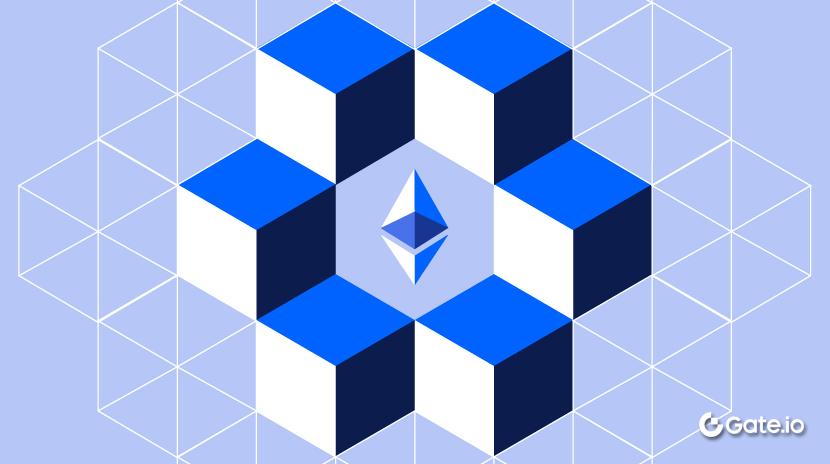
Bagaimana Mempertaruhkan ETH?
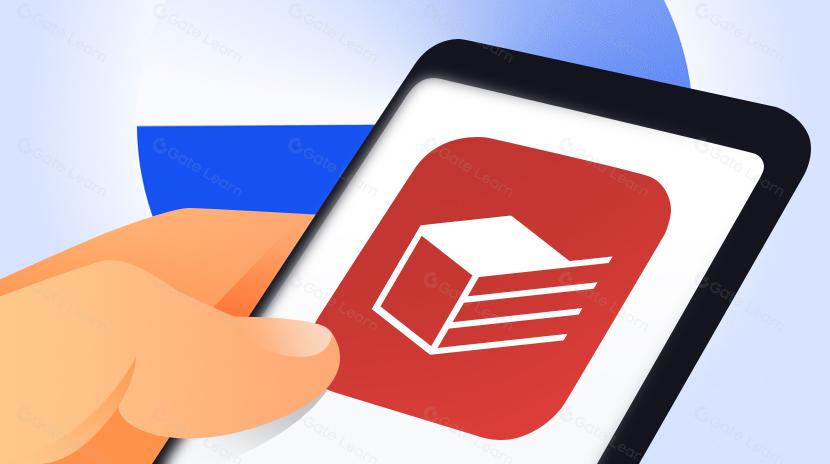
Apa itu Tronscan dan Bagaimana Anda Dapat Menggunakannya pada Tahun 2025?
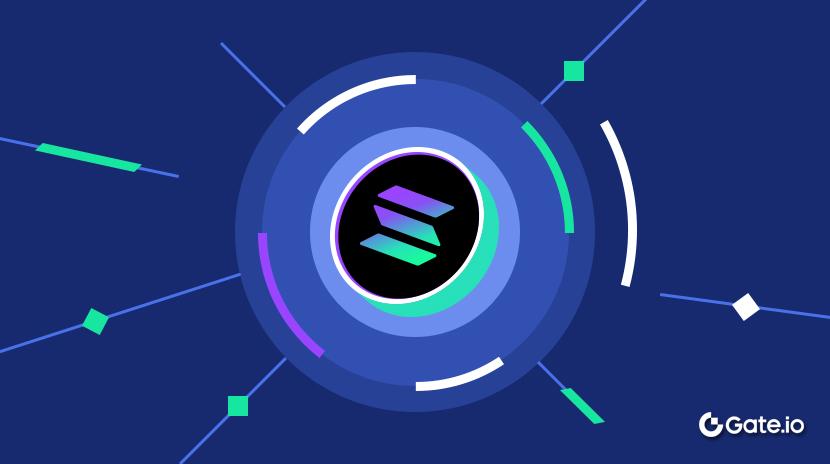
Apa itu Solana?
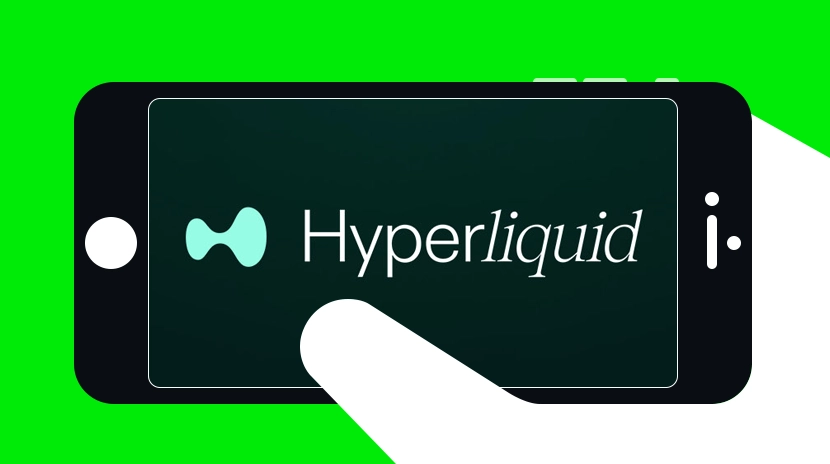
Apa itu Hyperliquid (HYPE)?
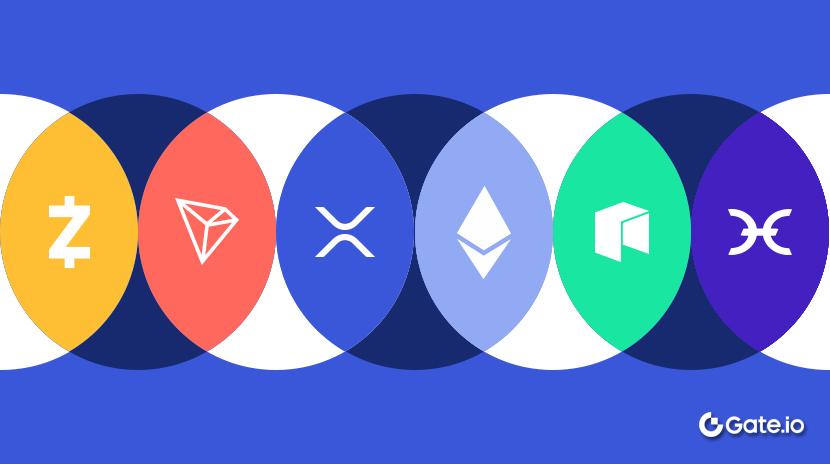
Apa itu Altcoin?
